How to get the most out of your exercise bike
We ask the experts how to get the most out of your exercise bike
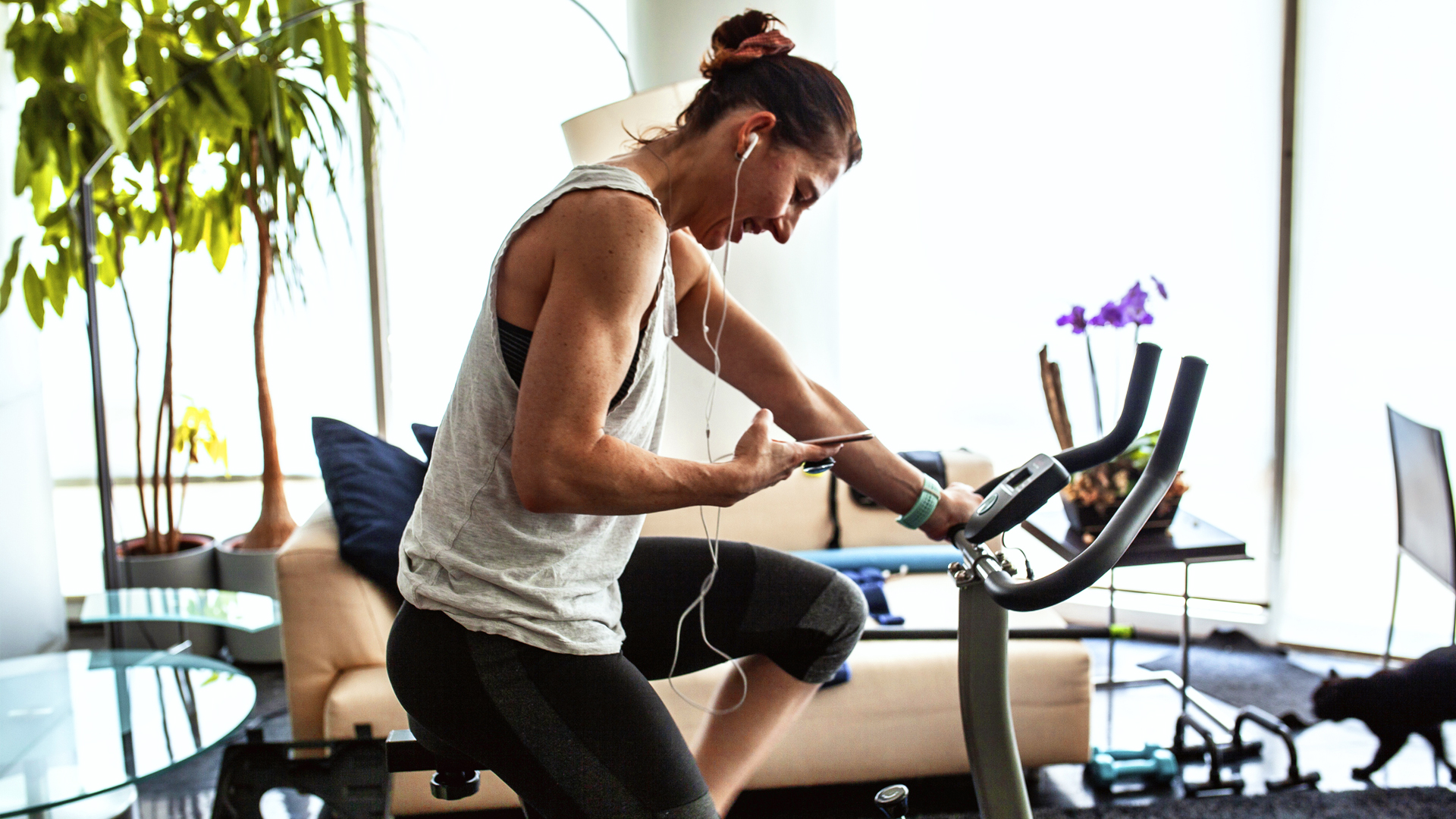
Are you wondering how to get the most of out your exercise bike? If you spent hours scrolling through lists of exercise bikes on the internet in order to find your perfect ride but now find that it sits in your home a little unloved then now is the time to rediscover it. Even if you have continued using it to burn off those calories, you might not be truly aware of just how this one machine can help tone, sculpt and shape your body without you having to leave the house.
Now the winter months are coming, your exercise bike and a little pedal power could prove even more invaluable to helping you stay in shape. We asked the experts to reveal how to get the most out of your exercise bike. From perfecting the set-up of your bike, to choosing a routine and then if you haven’t bought a bike already, they have given us all the tips on finding the perfect one to suit you. Check out our buying guide for the best exercise bikes to see what's available at the moment.
- Related: Are exercise bikes good for cardio?
Perfect your set-up
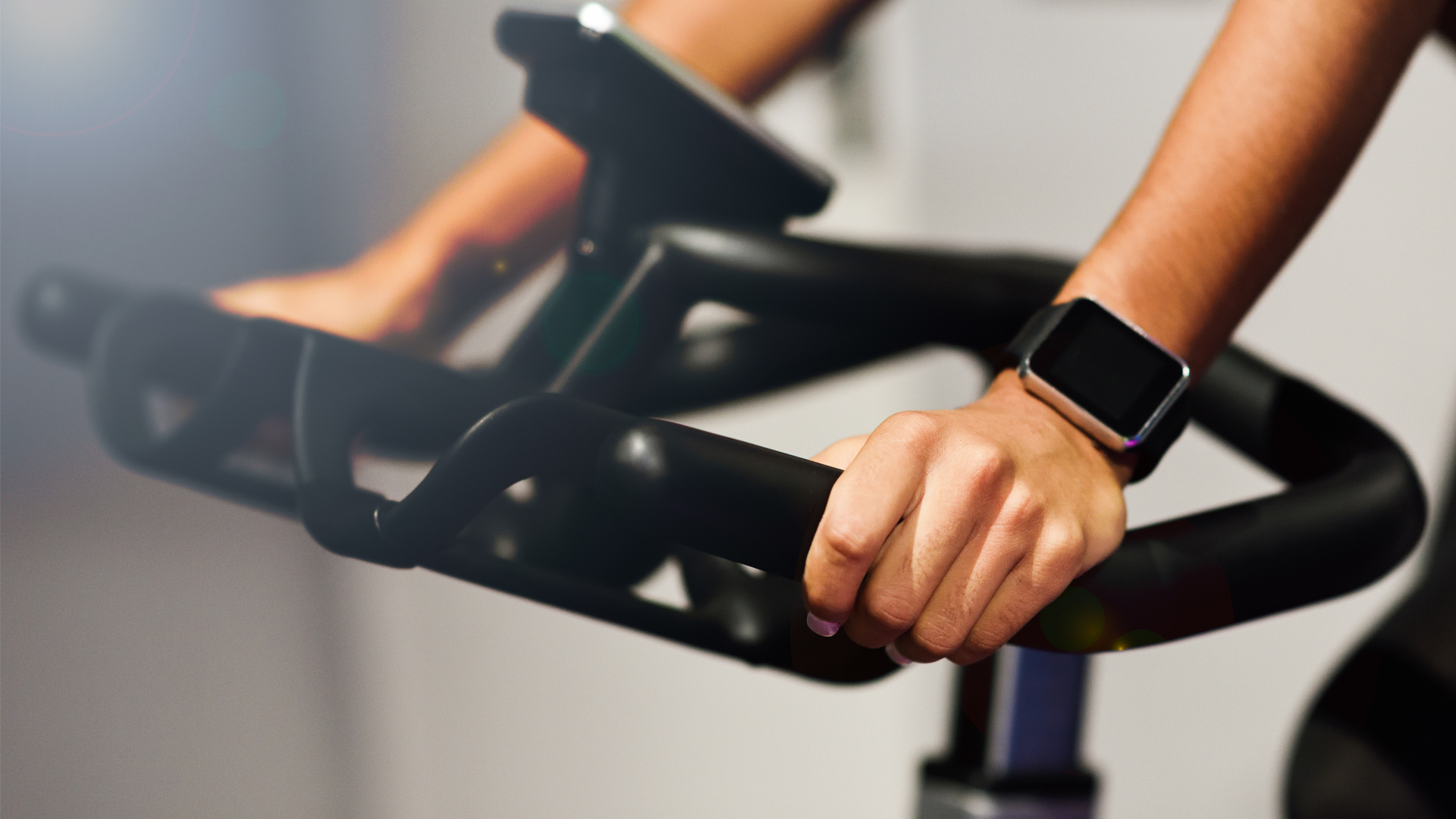
Setting up your bike is super important according to kinesiologist Dasha Maslennikova of Symmetrix Exercise & Rehab. "It prevents less chance of injury or strain over long periods of use. If you’re reaching for the pedals on each revolution, or reaching for the handles, you will get tired more quickly," she told Live Science. "If the seat is too close to the pedals you will put undue stress on your muscles and joints such as your knee which could cause pain over time."
To set up your bike properly you need to adjust the handlebars, seat height and straps on the pedal, or in the case of a recumbent bike, you need to adjust the length. Find the perfect riding position by placing your feet on the pedals and pushing down with one leg. "Your leg should be almost straight, just keep a 15-degree bend in the knee," Maslennikova told Live Science. "Keep the ball of your foot on the pedal, but push through your heel. Adjust seat distance accordingly. If the pedals have the straps, make sure they are snug around the ball of your foot." For recumbent bikes, which are great for low-impact workouts, you do the same process, but rather than extending your arms out in front, you have the advantage of keeping your shoulders relaxed when holding the handles by the seat.
And don’t forget to adjust the handlebars. Jake Maulin, cycling instructor and co-owner of Cycle Bar in Florida, told Live Science: "The most common mistake I’ve seen in the past decade of helping riders get set up is handlebars that are too high while the seat is too low. Handlebars should be about the same height as the bike seat." He adds that the hips, wrists, and shoulders should create an equilateral triangle. "If your handlebars are too high, it makes the pedal stroke inefficient in the downward motion. If your handlebars are too low, it makes it difficult to breathe," he said.
Get into a routine
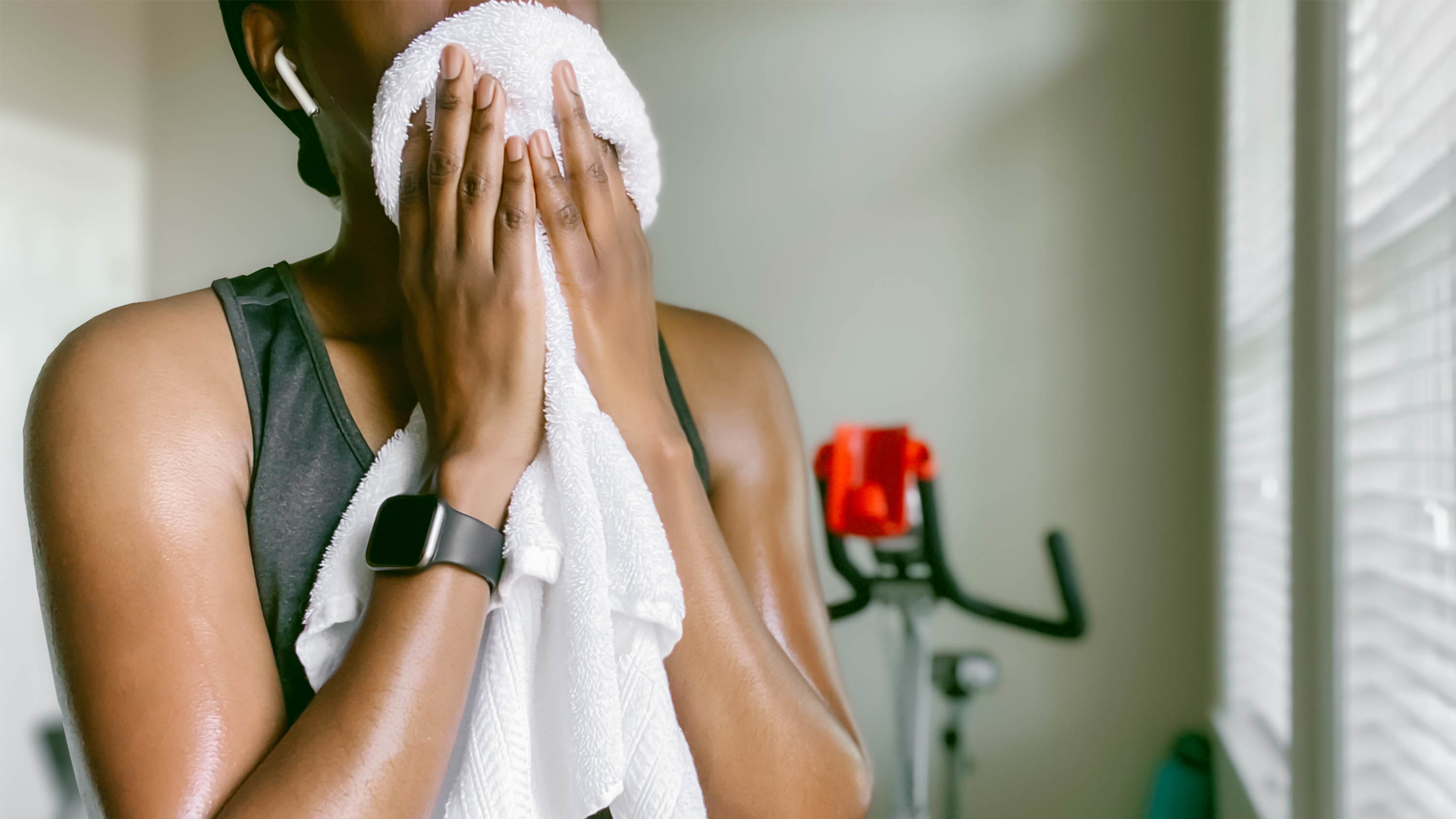
If you already have an exercise bike and it’s gathering dust in the storeroom, there is a reason why you might not yet have made it part of your life. Applied Positive Psychology expert Darlene Marshall told Live Science that our daily behaviors are driven by habits, and intentional actions. Habits don’t take any effort while creating new behaviors do. "When we’re building new behavior it takes mental resources and we can struggle to change too many things at once," Marshall told Live Science. "We forget, get distracted, or fall back into our old habits."
However, if you want to stick to your new routine, just block out time in your diary. "Eventually the intentional actions become habituated and integrated into our identity," said Marshall. "Instead of saying ‘I have to workout at 7am; we identify with ‘I workout at 7am’. Because it’s routine, it’s just what we do and it no longer feels hard to maintain."
Find your groove
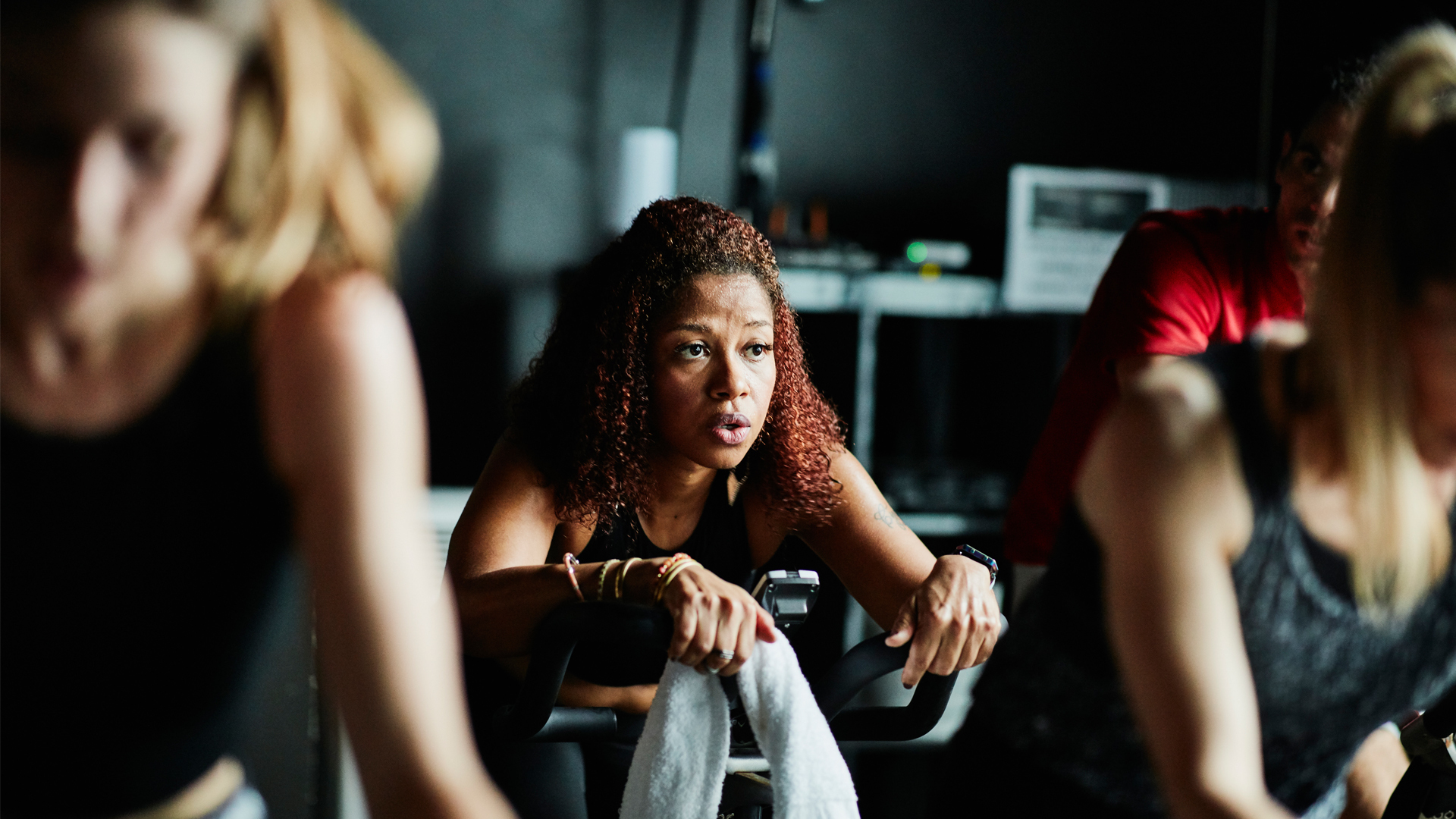
Not all bikes are the same, so you’ll need to find one that suits you, said Garret Seacat, Head Coach of Absolute Endurance. Whether it’s an air bike, spin bike, recumbent, or cardio strider, each one has a different role.
If you want to replicate an outdoor ride, choose a spin bike, said Seacat. "Spin bikes are similar to a regular road bike and will help you feel right at home if you are used to riding outdoors," Seacat told Live Science. "You can crank up the resistance to create whatever type of ride you are after." If you are looking for something a little less challenging, but still want to create a similar feel to riding outdoors, try a recumbent exercise bike. However, this doesn’t mean that you will be able to relax completely. "Getting a higher intensity effort can be more difficult but that doesn’t mean it will always be easy," said Seacat. "Most of these devices found in a gym use digital programs to help create a workout and they can be very challenging, even for the fittest individuals."
An air bike is an elliptical that works both your arms and legs. "It won’t help you create the same atmosphere as riding outdoors, but it’s great to use for a warm-up or cardio as you finish a workout," said Seacat. While a cardio strider works for someone who is rehabbing an injury or just getting back into fitness. "With a set up design and lower resistance level this device is best left to those looking for an easy warmup," he explained. Check with your doctor or physio to see which one you need.
Create ways to enjoy your workout
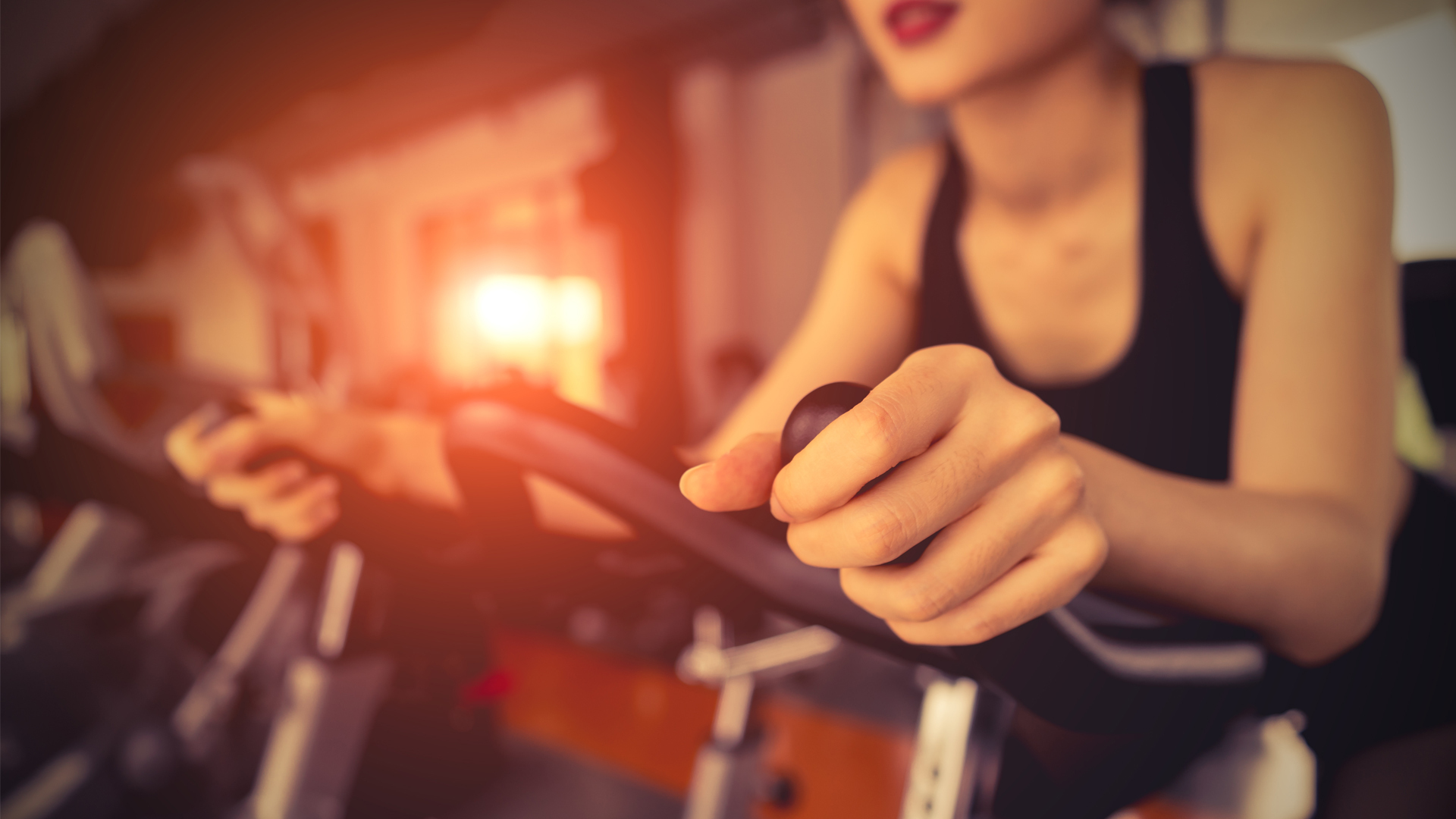
Celebrity trainer Joey Thurman, whose workouts are seen on Kuudose, said that: "Music is always going to get you going so choose something that is upbeat and really helps you feel the ride. If you are doing a fast flat ride, make it an up-tempo song and ride with the beat." And Thurman adds that you should also change the view. "Riding to scenery is always great as well to keep your eyes on the road ahead," said Thurman.
Sign up for the Live Science daily newsletter now
Get the world’s most fascinating discoveries delivered straight to your inbox.
Claire Turrell is a freelance journalist and an editor who is based in Singapore. She was the launch editor of SHAPE Middle East. Her work has been published by Nat Geo, Harper's BAZAAR, Insider, The Independent as well as the BBC. Claire studied English Literature at the Manchester Metropolitan University.











